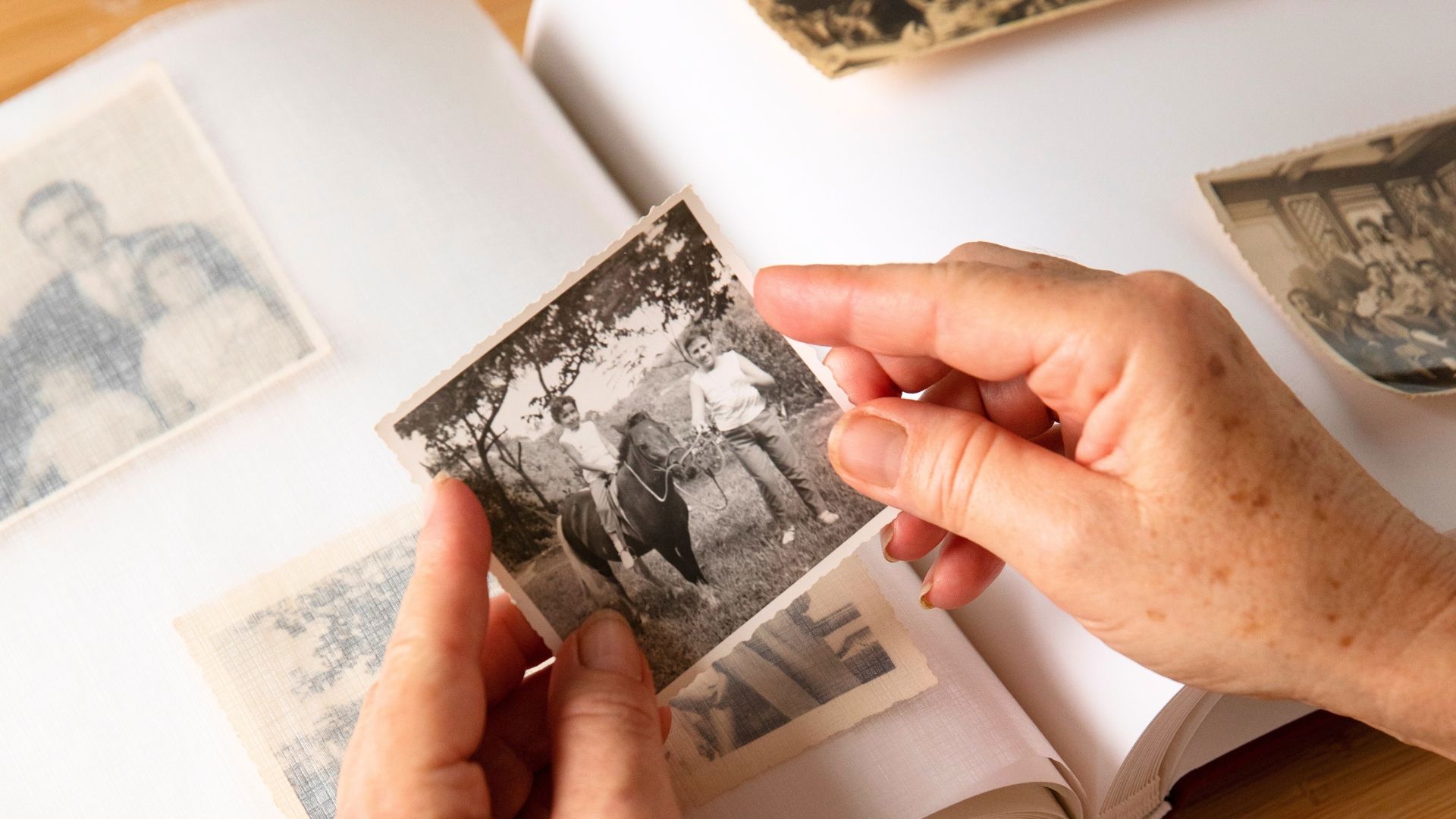How to write a poem for a funeral
Do you want to write a poem for a funeral or memorial service? Get some useful tips in our guide.

At a time of grief, many people look to poetry for consolation. Poems can speak to our deeper feelings and give us space to explore them. They can also express our feelings better than we can.
The world's poetry anthologies are full of poems about grief, loss and love – and many of them are suitable for funeral and memorial services. Examples range from Shakespeare to Shelley to present-day poets.
Sometimes, however, people write their own poems to celebrate and mourn the life of a person who has died. This could be their own idea or they could be asked to do it by another mourner.
If you're in this situation, you may find it difficult to know where to start. Writing a poem is like writing a eulogy. You could worry that you'll strike the wrong note or fall short of your own high standards.
At Akshardham Funeral Directors, we firmly believe there are no rules for grief. By extension, there are no rules for writing poems. The simple act of writing a poem for a funeral shows love, care and compassion. These are all qualities that are appreciated by people in mourning.
Even so, you may feel unsure about where to start. That's why we've put together this collection of tips. Our aim is to demystify the process of writing a funeral poem and to make the task more manageable. We hope it helps.
Perspiration or inspiration?
Thomas Edison famously said that genius is one percent inspiration and 99% perspiration. In other words, a good idea is important – but the hard work and dedication needed to realise it is crucial.
This quote is relevant to writing poetry because there's a view that poetry is just the product of inspiration – 'the spontaneous overflow of powerful feelings', as Wordsworth put it.
It's true that many poems begin with a moment of inspiration. But it's also true that you can seek inspiration. By putting aside an hour for perspiration, you can arrive at a moment of inspiration.

This could consist of writing down memories of the person – their habits, personality, achievements and relationships. It could consist of identifying the mood you want to capture. (Celebration? Mourning? Both?)
You might put aside time to read other funeral poems. There are many available online. You can also go to the library or bookshop and get a poetry anthology.
However you go about it, the point is to put aside some time to figure out what you want the poem to be. This process could be described as a combination of active thought and daydreaming – equal parts staring out of the window, making notes and reading around.
Once you've established your theme and tone, it's time to find a form and structure.
Finding a form
Sometimes, a thought or feeling arrives at the same time as its form. You might, for instance, think of a rhyming couplet and decide to write the rest of the poem with that pattern.
Other times, you have the thought or feeling but not the form. Your next task is to find a form to be the vessel or carrier for your ideas.
If you're not familiar with poetic forms, you could read
a book on writing poetry. You could also flick through anthologies or look for funeral poems online. What rhymes and rhythms appeal to you?
Rhyming couplets and ABAB structures (where the first line rhymes with the third and the second rhymes with the fourth) are easy ways into writing a poem. More complex forms include sonnets.
It's important to remember that poems don't have to rhyme. There are, in fact, no rules. If your poem isn't coming naturally, your best bet is to look for a model and imitate it.
First thought, best thought?
The Beat poet Allen Ginsberg said of poetry: "First thought, best thought." He wanted poetry to be a spontaneous overflow like Wordsworth. But unlike Wordsworth, he thought that the process of perspiration was likely to spoil a poem rather than improve it.













